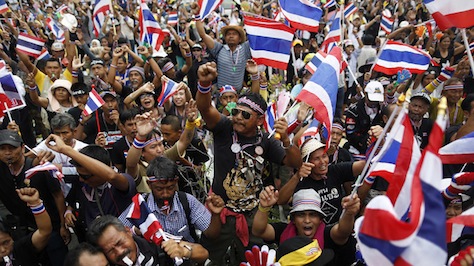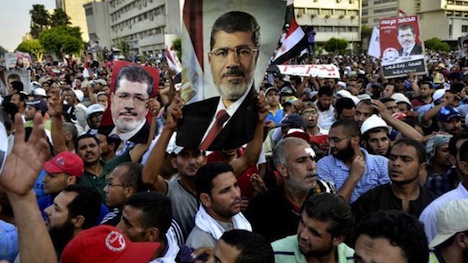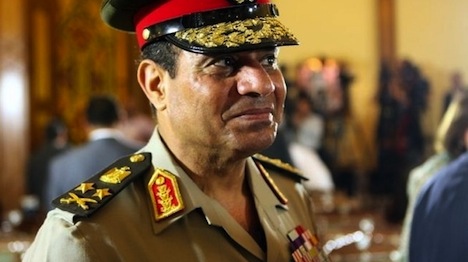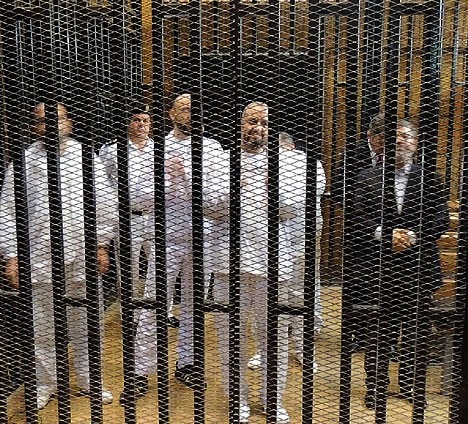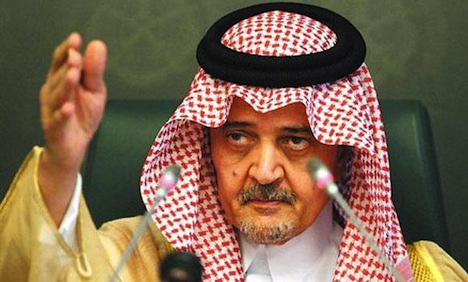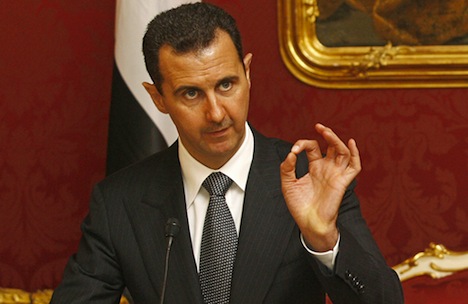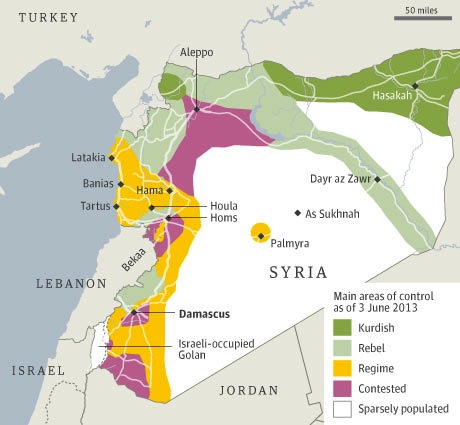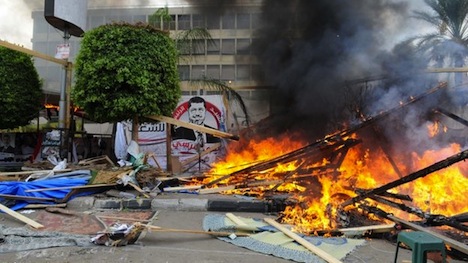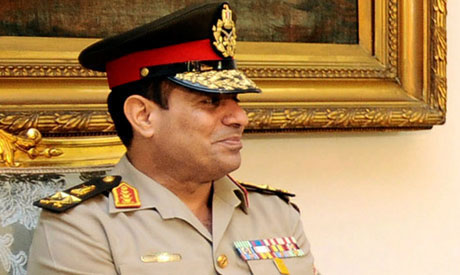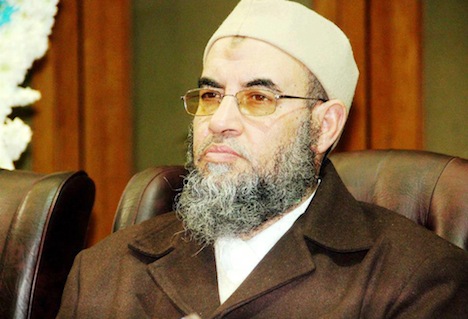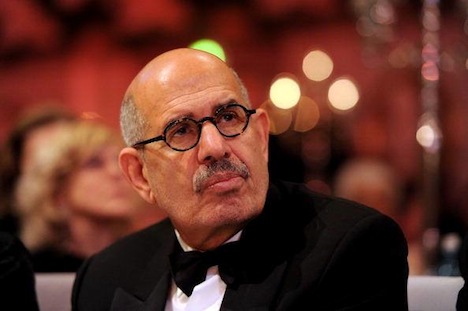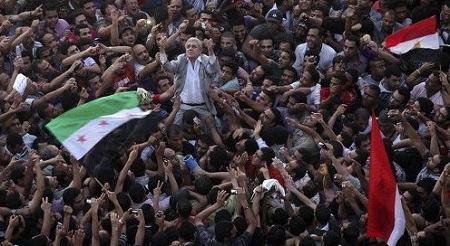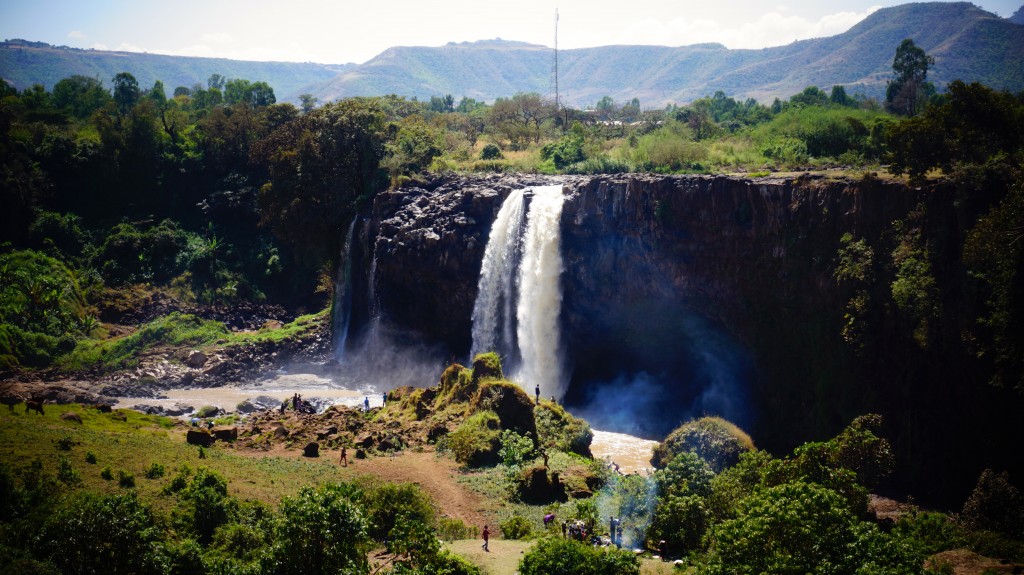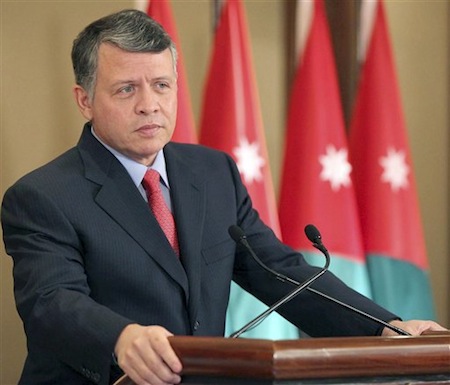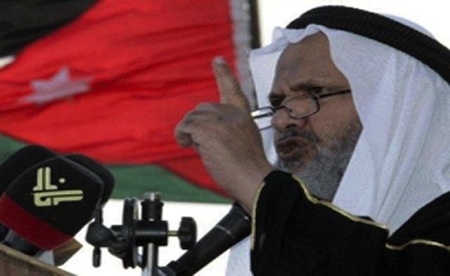The political crises in both Ukraine and Thailand took a turn for the severe last week, as government police forces clashed with protesters with even greater violence. But what do the protesters want in each country — and can the protests, even if successful, bring stability? ![]()
![]()
Amnesty: the root cause of the Thai protests
In Thailand, a country of 66.8 million people, anti-government protesters took to the streets in November (pictured above, top) after Thai president Yingluck Shinawatra tried to introduce an amnesty bill that would absolve both her supporters and opposition leaders from the worst charges, including murder, that spring from the political violence that’s engulfed Thailand sporadically throughout the last decade. The bill died in the Ratthasapha (National Assembly of Thailand, รัฐสภา) after all sides turned against it. Yingluck’s party, the dominant Pheu Thai Party (PTP, ‘For Thais’ Party, พรรคเพื่อไทย), the third iteration of the party Yingluck’s brother, Thaksin Shinawatra, founded in 2001 when he came to power, didn’t want to absolve the sins of their adversaries. The opposition Phak Prachathipat (Democrat Party, พรรคประชาธิปัตย์) opposed the amnesty bill because they feared it would mean the return of Thaksin from seven years in self-exile.
Though Yingluck won the July 2011 parliamentary elections on a promise to de-escalate tensions in Thailand, the amnesty has brought the country back to the familiar standoff between the pro-Thaksin ‘red shirts’ and the anti-Thaksin ‘yellow shirts.’
EU relations: the root cause of the Ukrainian ‘Euromaidan’ protests
In Ukraine, a country of 45.5 million people, pro-European protesters also took their grievances to the streets in late November (pictured above, bottom) after president Viktor Yanukovych pulled out of an association agreement that would have engendered closer cooperation between the European Union and Ukraine. Initially, the protests, centered on Maidan Square in the capital city of Kiev, assumed the form of the familiar political struggle between the Europe-oriented, Ukrainian-speaking west and the Russia-oriented, Russian-speaking east, which featured prominently in the 2004 ‘orange revolution’ against fraudulent elections that powered Viktor Yushchenko to power.
Yushchenko ended his presidential term massively unpopular, with his pro-Western allies fracturing into various camps, and in the February 2010 presidential race, the pendulum swung back to the pro-Russian Yanukovych, who defeated the EU-friendly former prime minister Yuila Tymoshenko (by 2010, a Yushchenko ally-turned-foe). For much, much more background, here’s Max Fisher’s explainer today at The Washington Post.
In both cases, the protests have transcended their original rationales, and they now threaten to topple governments in both Kiev and Bangkok. What’s more, Yingluck and Yanukovych haven’t responded incredibly well to the protests. Continue reading What protesters in Ukraine and Thailand are getting wrong
